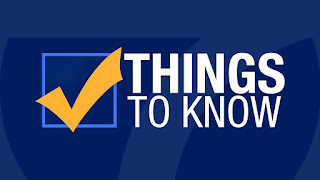A List of 10 ‘Best of’ Lists

It is something of a tradition this time of year to look back, to reminisce about past events and lessons learned, and sometimes to look ahead. Here are some insights from columns past that I hope have been of value in 2017 – and will continue to be in the months ahead. 5 Things You May Not Know About Roth 401(k)s According to a variety of industry surveys, roughly 60% of 401(k) plans now offer a Roth 401(k) option, and Plan Sponsor Council of America (PSCA) data shows that 28.6% of 403(b) plans already allow for Roth contributions. Participant take-up, which just a few years ago hovered in the single digits, is now in the 15-20% range. Here are five other things you may not know about the Roth 401(k). 5 Things People Get Wrong About ERISA Fidelity Bonds One of the most important – and, in my experience, least understood – aspects of plan administration is the requirement that those who handle plan funds and other property be covered by a fidelity bond.















